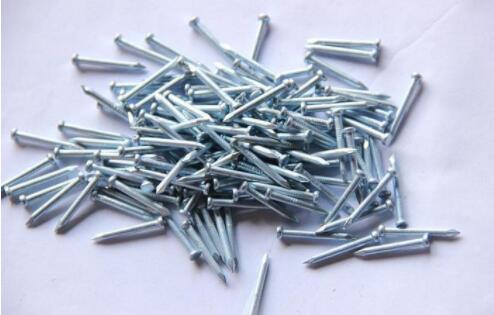The Bright Common Nail Unveiling Its Versatile Power
In the vast world of hardware and tools, few items are as unassuming yet fundamentally significant as the common nail. The common nail, often overlooked in discussions about construction and craftsmanship, epitomizes simplicity and efficiency. Among its many variations, the bright common nail stands out due to its unique properties and versatility. This article explores the bright common nail's features, applications, and the reasons behind its enduring popularity among builders and DIY enthusiasts alike.
What is a Bright Common Nail?
A bright common nail is a type of fastener typically made from steel and left untreated, resulting in a shiny, smooth finish. This finish is not only aesthetically pleasing but also functional, as it often provides a level of resistance against corrosion, especially when used in indoor environments. Bright common nails usually come in a variety of sizes, making them suitable for a range of applications. The lack of coating also means that they can be easily driven into wood without the risk of flaking or chipping that can sometimes occur with painted or galvanized nails.
The Benefits of Using Bright Common Nails
One of the primary benefits of bright common nails is their ease of use. Unlike some specialized fasteners, they can be driven into materials using a simple hammer. Their design allows for quick insertion and removal, providing convenience for professionals and hobbyists alike. Additionally, their smooth shaft reduces the chance of splitting the material they are being driven into, making them ideal for delicate woodworking.
Another noteworthy aspect is their cost-effectiveness. Bright common nails are incredibly affordable compared to other fastening options, making them a go-to choice for budget-conscious projects. Large boxes of these nails can be purchased at home improvement stores, ensuring that builders have an ample supply on hand for various tasks.
bright common nail

Applications in Construction and DIY Projects
Bright common nails are versatile and can be used in countless applications. They are primarily used in framing, roofing, and general carpentry. For instance, when constructing wooden frames for walls, bright common nails provide the strength needed to hold the structure together. Their application is not limited to heavy construction; they play a crucial role in furniture making, allowing craftsmen to assemble pieces quickly and efficiently.
In addition to structural applications, bright common nails are also used in decorative projects. Craftsmen often employ them in trim work, molding, and cabinetry, where a polished look is essential. The bright finish can complement the wood's natural beauty, enhancing the overall aesthetic of a piece.
Environmental Considerations
In an age where sustainability is a growing concern, the bright common nail supports eco-friendly practices. Unlike many coated fasteners that may contain harmful chemicals, untreated steel nails can be recycled easily. This makes them an environmentally friendly option for builders who are conscious about their impact on the planet. Additionally, the longevity and durability of steel mean that fewer replacements are necessary over time, further reducing waste.
Conclusion
The bright common nail may appear to be a simple tool, but its versatility, ease of use, and cost-effectiveness make it an indispensable component in both construction and DIY projects. From framing homes to crafting intricate pieces of furniture, these nails hold together the fabric of countless projects. As we continue to innovate and explore new materials and techniques in construction and design, the bright common nail serves as a reminder of the timeless value of simplicity and function. Whether you're a professional builder or a DIY enthusiast, the bright common nail will remain a staple in toolboxes for years to come, demonstrating once again that sometimes, the most straightforward solutions are the most effective.

















